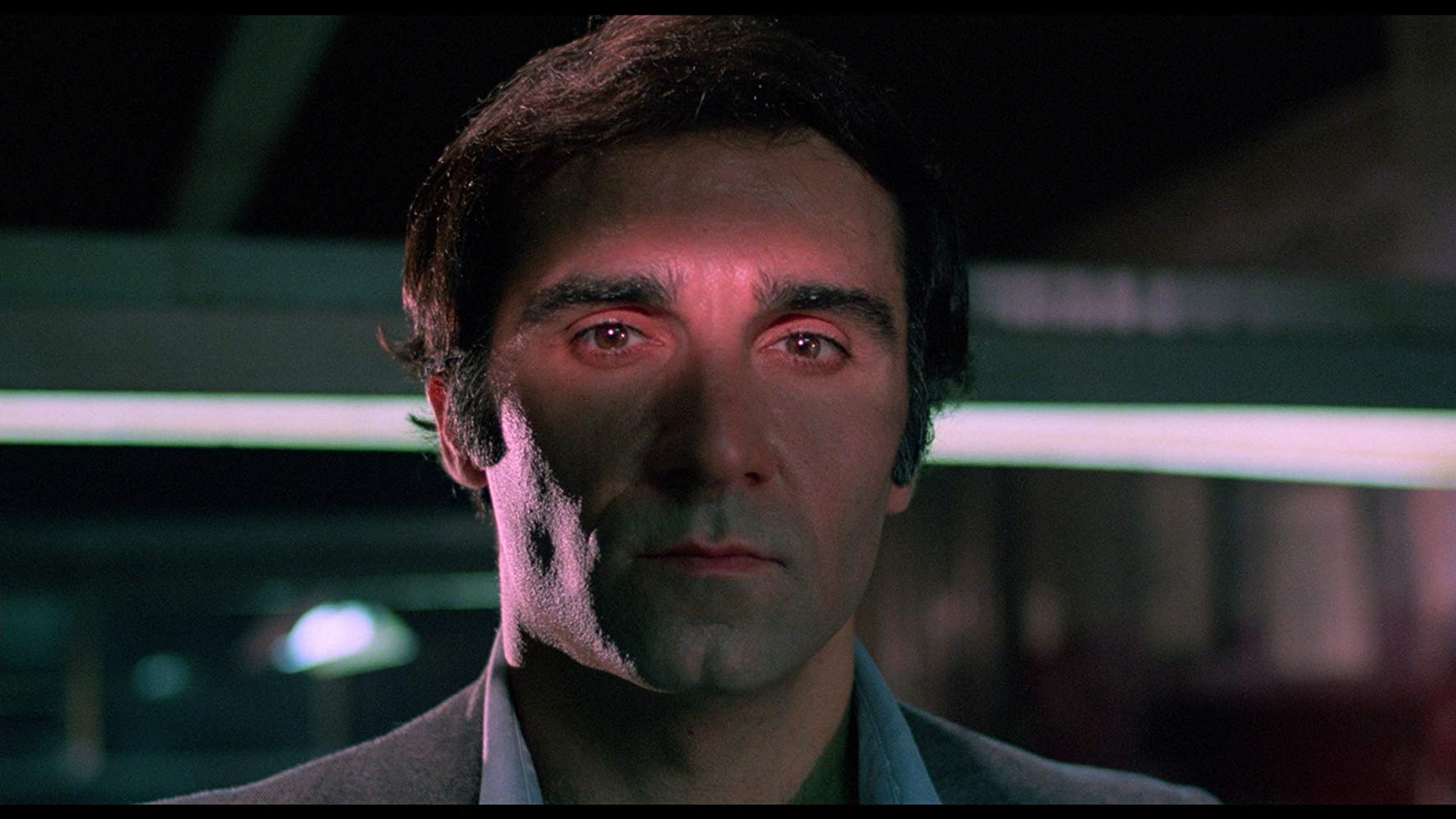
A lot of horror movies have a tendency to slip through the cracks. Sure, there are Halloween staples, the iconic nine-installment franchise films that get trotted out every October. But many horror fans often find themselves in a rut. After you’ve seen the classics, it’s easy to rewatch them year after year. A lot of this mindset comes from the fear of running into a dud. Horror is a wide-spanning genre with a low bar for entry. They are cheap to make and have a higher return on investment than most other movies. As a result, it can be hard to wade through the endless wave of scary films available, even if you are looking for something different.
As Halloween peaks its head around the corner, it’s the perfect opportunity to check out some movies that you may have missed. The following list features standout horror movies that went under the radar. These are ten underseen horror movies that deserve more love.
1. Tony (2009)
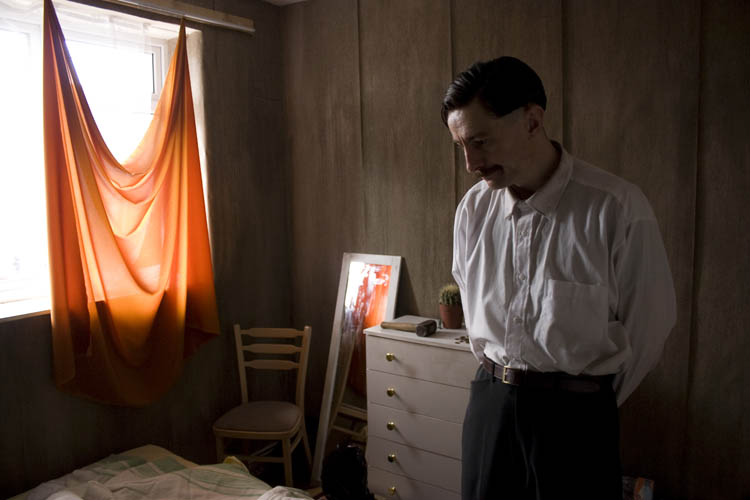
Tony is a London-based serial killer movie that combines mundane scenarios with grisly murders to create a uniquely harrowing experience. Made on a low budget, Tony features naturalistic performances and sparse plotting instead of traditional scares. These restrained elements underpin a grisly and bleak story that will disturb even the most seasoned horror fans.
The film follows Tony Benson, a muted and socially awkward serial killer loosely based on real-life murderer Dennis Nilsen. Tony lives alone in a flat and spends his time watching 80’s action movies on VHS. He has an inability to express himself or communicate well. Despite this, he is occasionally able to go out of his comfort zone and invite new friends back to his flat. Unfortunately, he uses these opportunities to kill them.
The movie paints a picture of a grim and depressing existence, creating a character the audience can’t help but pity. Tony is a man with no social capital. He can lives a meaningless existence, only finding refuge in vague masculinity signifiers. The kills aren’t stylized. Rather, we watch Tony go about his daily activities of meeting with people, cleaning his apartment, and meticulously butchering the remains of his victims.
Many compare Tony to Henry: Portrait of a Serial Killer, due to the casual presentation of violence in both films. Tony’s kills don’t quite match up to the gruesome gore of Henry. But the movie excels at creating a bleak character study of a man who floats through his mundane life as darkness boils underneath.
2. The Den (2013)
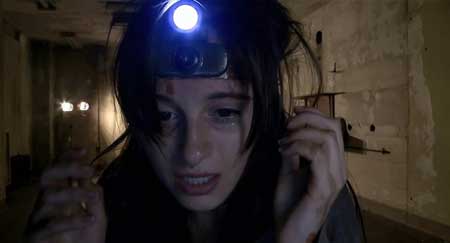
Made during the height of the 2010s found footage boom, The Den is a provocative horror film that transcends the found-footage genre while commenting on the depravity of our digital age. The movie is based on the Deep Web urban legend known as “Red Rooms”, popularized through Reddit posts and Creepypastas. According to the legend, users anonymously pay to watch random people be tortured on video. People will find these red rooms in the dark underbelly of the internet, hidden behind passwords and encryptions. The Den plays on this mythos by presenting it as a found footage film.
The film follows Elizabeth, a woman working on her sociology graduate project. The project seeks to calculate the number of meaningful conversations she can have through talking to people in a video chatroom. While working on the project, she witnesses a brutal murder that leads her down a snuff-for-profit rabbit hole. As she continues to investigate the murder, she starts to receive death threats and blackmail. These threats begin to affect both her and those close to her as she becomes a target in a sadistic online murder world.
The Den is shot as a “computer screen film”, meaning the movie takes place entirely on computer screens. Rather than being a gimmick, the unique format helps underscore the lack of security we all incur in the digital age. The voyeuristic nature of the cinematography helps create an unnerving effect as the audience is forced to confront how disturbingly plausible the events of the film feel. With a breakneck pace and expertly crafted tension, The Den is a prescient and chilling found footage film that questions our assumed safety of the internet.
3. Monkey Shines (1988)
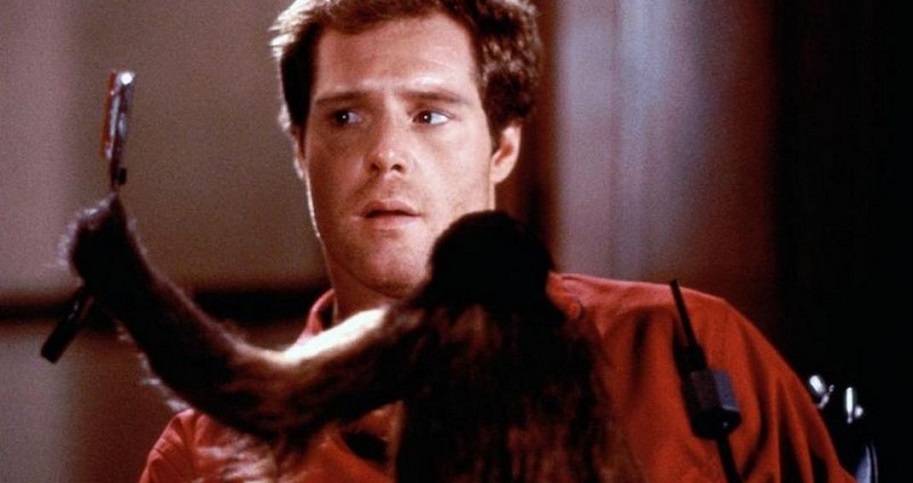
Monkey Shines is notable as one of the few studio films by George A. Romero. Seen as a failure during its release, the film has since gained a following for its unique narrative, and complex philosophical themes.
The film follows Allan Mann, a quadriplegic who is assigned a capuchin monkey named Ella. Ella is a service animal meant to assist him with mundane tasks around the house. After Allan discovers that Ella, has a telepathic connection with him, he discovers that she has the ability to carry out his darkest impulses. But soon, Ella’s violent impulses start to manifest against Allan, and he soon finds himself in a fight against Ella for his survival.
Monkey Shines was compromised by studio interference, and as a result, the film is disjointed and uneven. Despite this, Romero does a great job balancing genuine menace, camp, and complex themes. The resulting product is surprisingly fun. Despite common misgivings about the movie, the act of turning a wholesome creature into a menace is undeniably effective.
It’s obvious that there was a better movie left on the editing floor before being subjected to executive meddling. But the current iteration of the film is a very fun midnight movie that gives viewers a lot to chew on. It may not be a stone-cold classic like Night of the Living Dead, but Monkey Shines remains a well-executed film that features scares and laughs in equal measure.
4. Buzzard (2014)
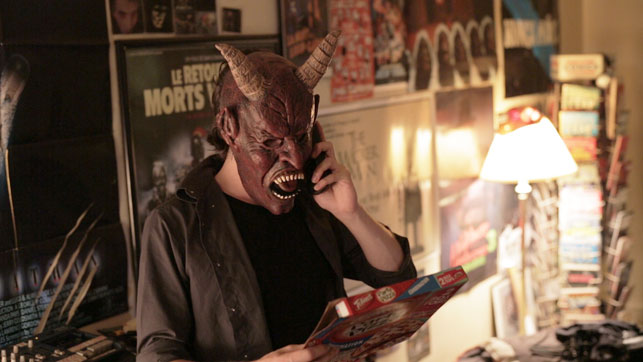
Joel Potrykus is one of the most engaging directors working today. His unique and bold vision of masculinity in crisis is best exemplified in Buzzard. The film follows Marty Jackitansky, an anti-social loser who spends his time crafting small acts of rebellion to cheat the system. But when he accidentally bites off more than he can chew with a forged check scheme that he hasn’t really thought through, Marty goes on the lam.
Buzzard is a tale of economic hopelessness, underscored by a protagonist who has no ability to function in the modern working world. Potrykus is a master at creating male characters who feel lost and helpless. Marty lives in a world of half-baked logic and vague punk rock platitudes he struggles to articulate. The mounting anxiety elevates Buzzard from a potential Office Space pastiche into a genuinely unnerving paranoia horror.
Buzzard is the American Dream’s final gasping breath. But it’s also a criticism of the type of people who never stood a chance to excel in a capitalist system. The result is equal parts hilarious, heartbreaking, horrifying, and poignant. Featuring memorable setpieces, a piercing black metal soundtrack, and an incredible display of physical comedy involving Bugles and a treadmill, Buzzard offers something totally unique within the horror genre. It stands as one of the most original American films of the 2010s.
5. The Tingler (1959)
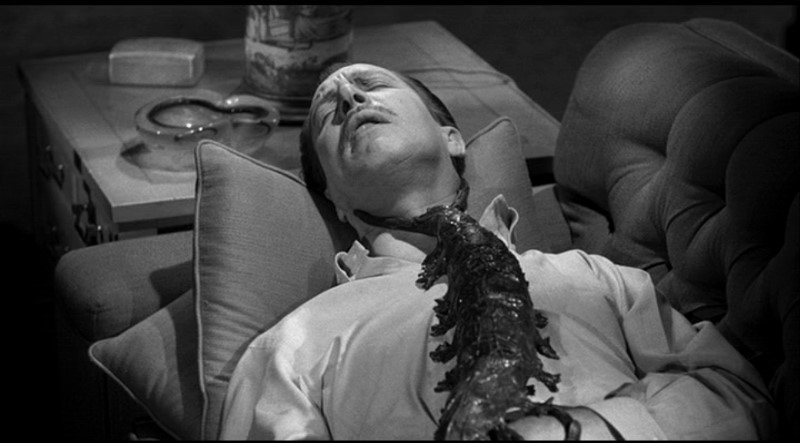
Following the success of House on Haunted Hill, William Castle created The Tingler, a film that is mostly known for its gimmick, known as “Percepto”. The gimmick consisted of electrical buzzers attached to moviegoer’s seats. During moments that coincided with scenes from the movie, the buzzers would go off, creating a tingling sensation meant to scare viewers. The gimmick was effective at the time of its release. Castle even went as far as to hire fake screamers and fainters to show up in participating theaters.
The film follows Dr. Warren Chapin, played by the master of horror Vincent Price. While working in his lab, Chapin finds a parasite in humans that feeds on fear. This parasite, known as a “Tingler”, grows in the backs of unsuspecting humans. According to the lore, the creature grows stronger when the host is in a state of fear. Eventually, the creature grows to a size that crushes the host. However, the Tingler has a weakness: it shrinks when the host screams.
Featuring a concise script and an engaging performance from Price, The Tingler is an exemplary example of science fiction horror that offers the type of cheesy and good-natured fun perfect for Halloween. These days, most people don’t remember The Tingler outside its gimmick. To some, the film seems like a cheap parlor trick. But the movie transcends superficial thrills to deliver a compelling and kooky film that holds up on its own.